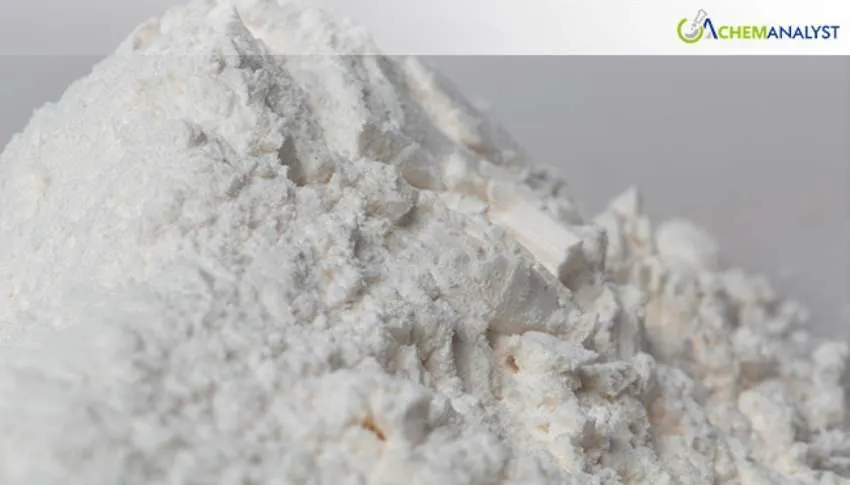Welcome To ChemAnalyst

Early August 2025 brought a modest rebound in the U.S. lithium fluoride market after a prolonged slump through June and July. Improved supply discipline, smoother import flows from major sources such as China and Chile, and firmer demand from industries like optics and semiconductors helped steady the market. Though gains remain measured, sentiment has shifted toward cautious optimism, replacing the uncertainty of recent months.
Following a string of months of falling prices, the U.S. lithium fluoride market first genuinely indicated its return from the doldrums in the early part of August 2025. The rebound was modest, but to participants numbed by ongoing softness, it was a relief. It was spurred by closer control of supply, improved shipping schedules, and creeping resumption of steady buying interest.
For much of the year, U.S. lithium fluoride prices had been eroding week after week, pressured by excess availability and muted procurement from core consuming sectors. That pattern began to break in August as producers eased back from heavy discounting and slowed the release of surplus stock into the market. The restraint helped bring supply back into closer alignment with demand. Logistics also became more predictable, with fewer port bottlenecks and better vessel scheduling, particularly for cargoes out of China and Chile, making deliveries more dependable and reducing uncertainty for end users.
Industrial demand for lithium fluoride, while far from surging, began to show more stability. Buyers in the specialty optics, glass, and semiconductor segments, who had previously delayed orders of lithium fluoride, resumed more regular purchasing patterns. This steadier flow of business provided producers with a firmer foundation, allowing them to maintain price levels without the same pressure to offer steep concessions.
Another significant policy change also contributed to bolstering sentiment. Washington and Beijing agreed on August 11, 2025, to renew their current tariff agreement for an additional 90 days. Chinese lithium fluoride exports to the U.S. will still be subject to a 30% duty under the agreement, while U.S. exports to China will stay at 10%, sidestepping the drastic triple-digit increases threatened. The move spared consumers from a sudden hike in import prices and enabled restocking strategies to continue uninterrupted.
At the same time, stability in the broader lithium market provided indirect support to the lithium fluoride market. While demand for battery-grade lithium compounds cooled slightly from levels of a year ago, prices are still relatively firm. Due to the niche function of lithium fluoride in advanced manufacturing, from ceramic coatings to precision optical components, this environment supported a base of steady consumption, even as the battery market slowed.
ChemAnalyst indicates that the U.S. lithium fluoride recovery is still in its early stages. Continued improvement will depend on disciplined production management and sustained downstream demand from high-tech manufacturing hubs. For now, with shipping routes running more smoothly, overseas interest reviving, and inventories better balanced, the outlook for lithium fluoride is considerably brighter than it was just a few months ago.
We use cookies to deliver the best possible experience on our website. To learn more, visit our Privacy Policy. By continuing to use this site or by closing this box, you consent to our use of cookies. More info.
